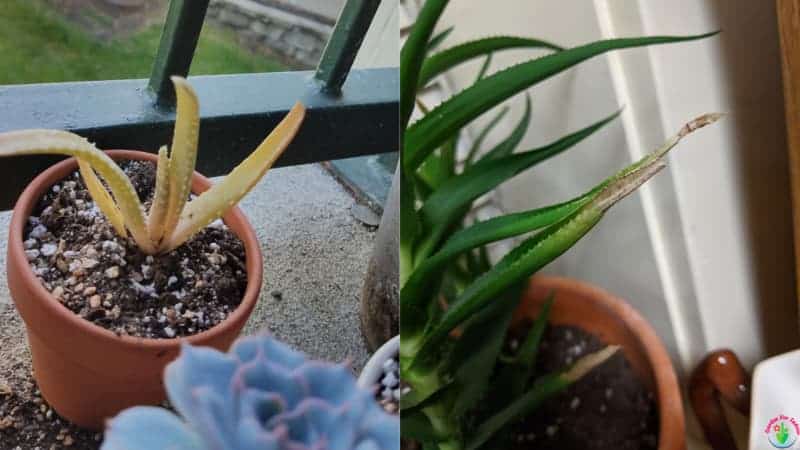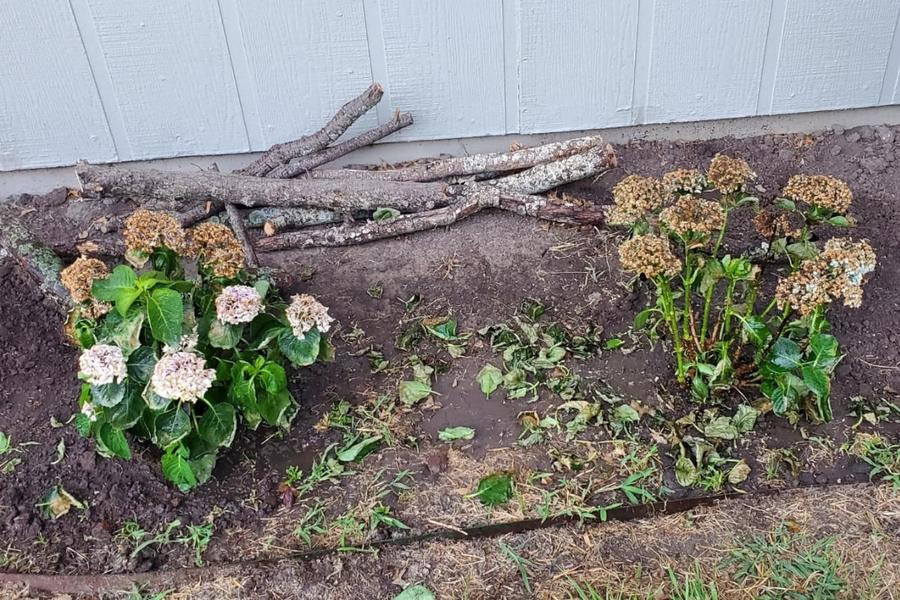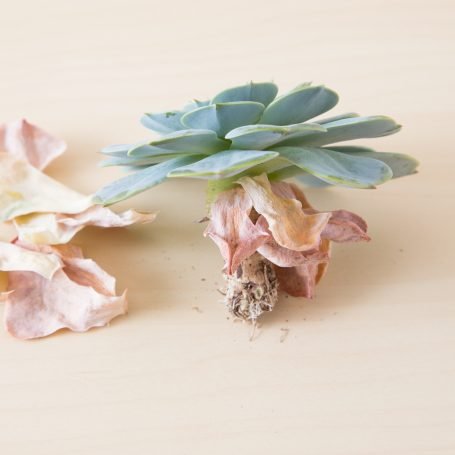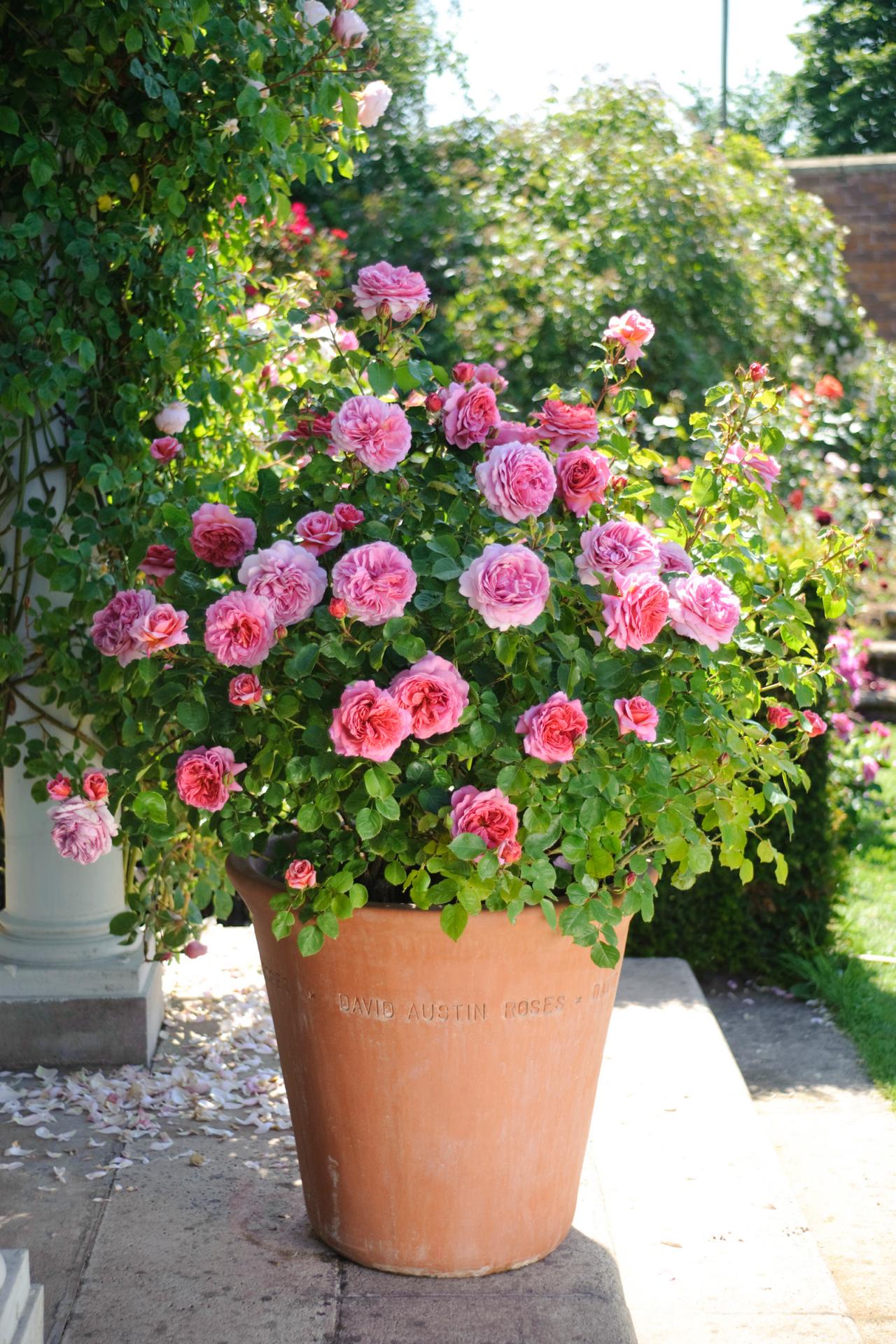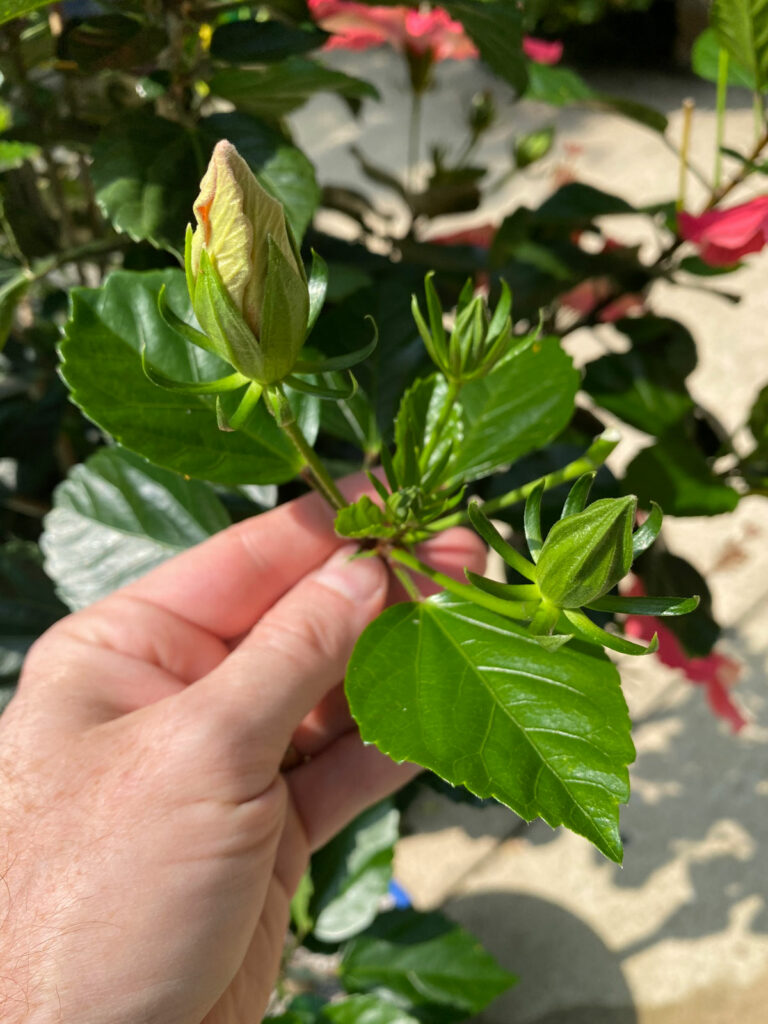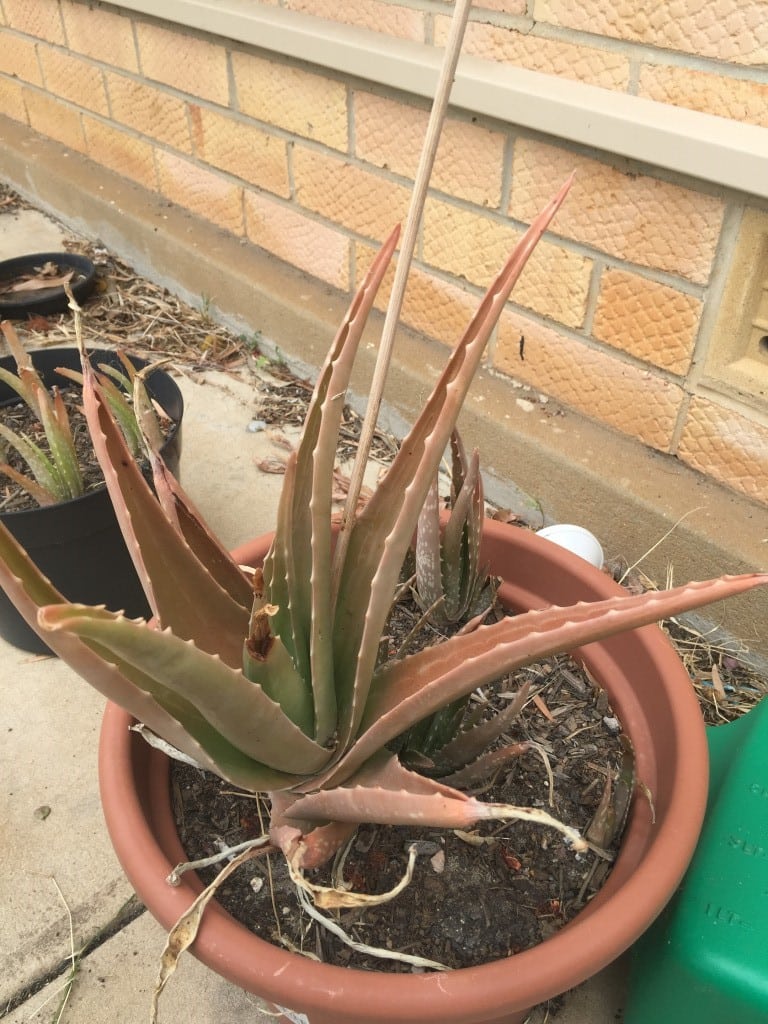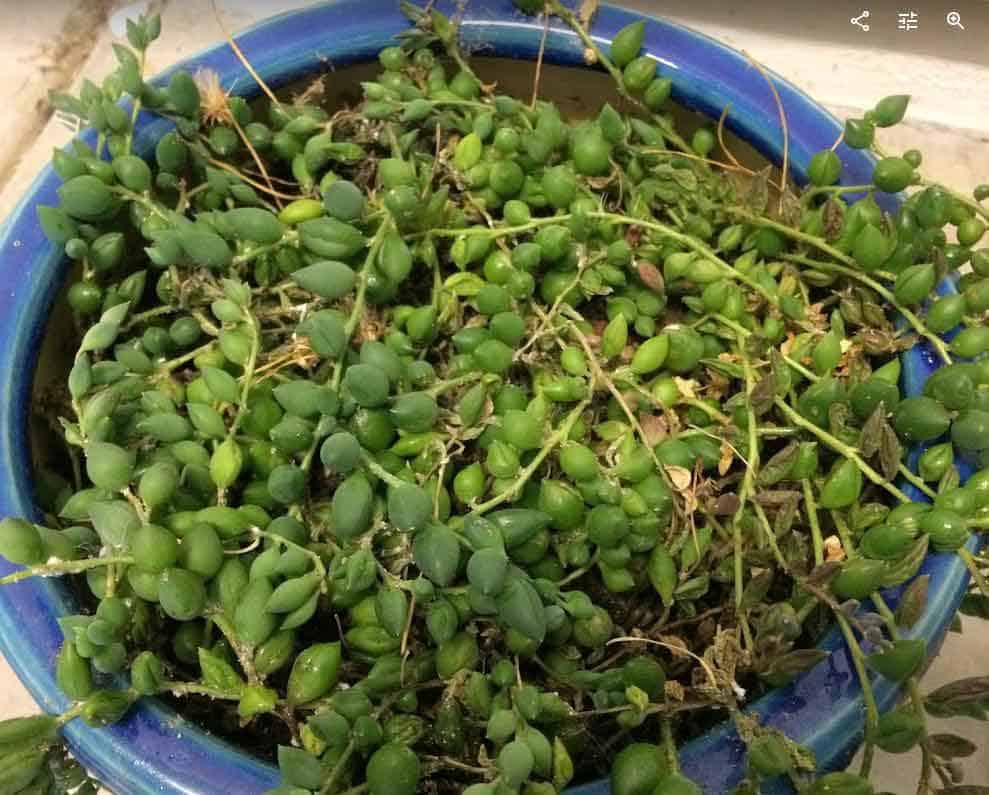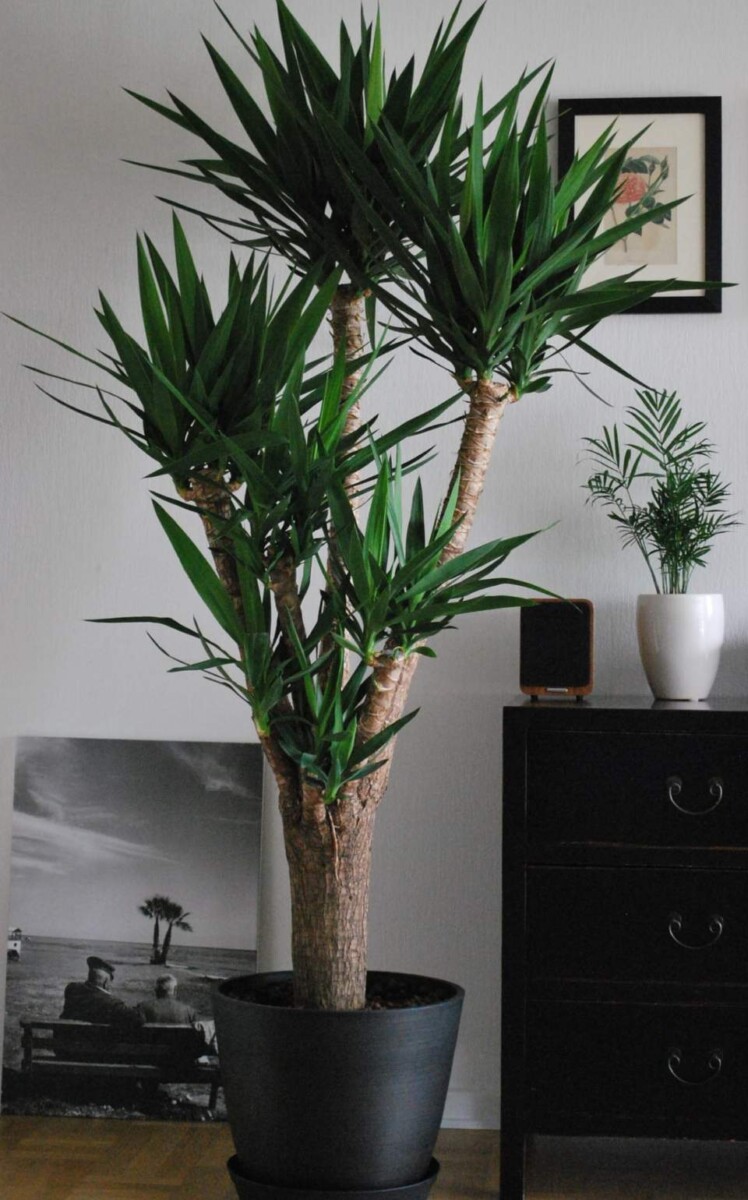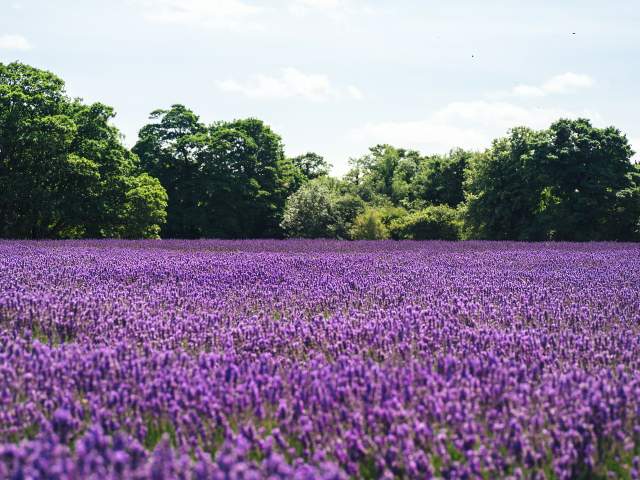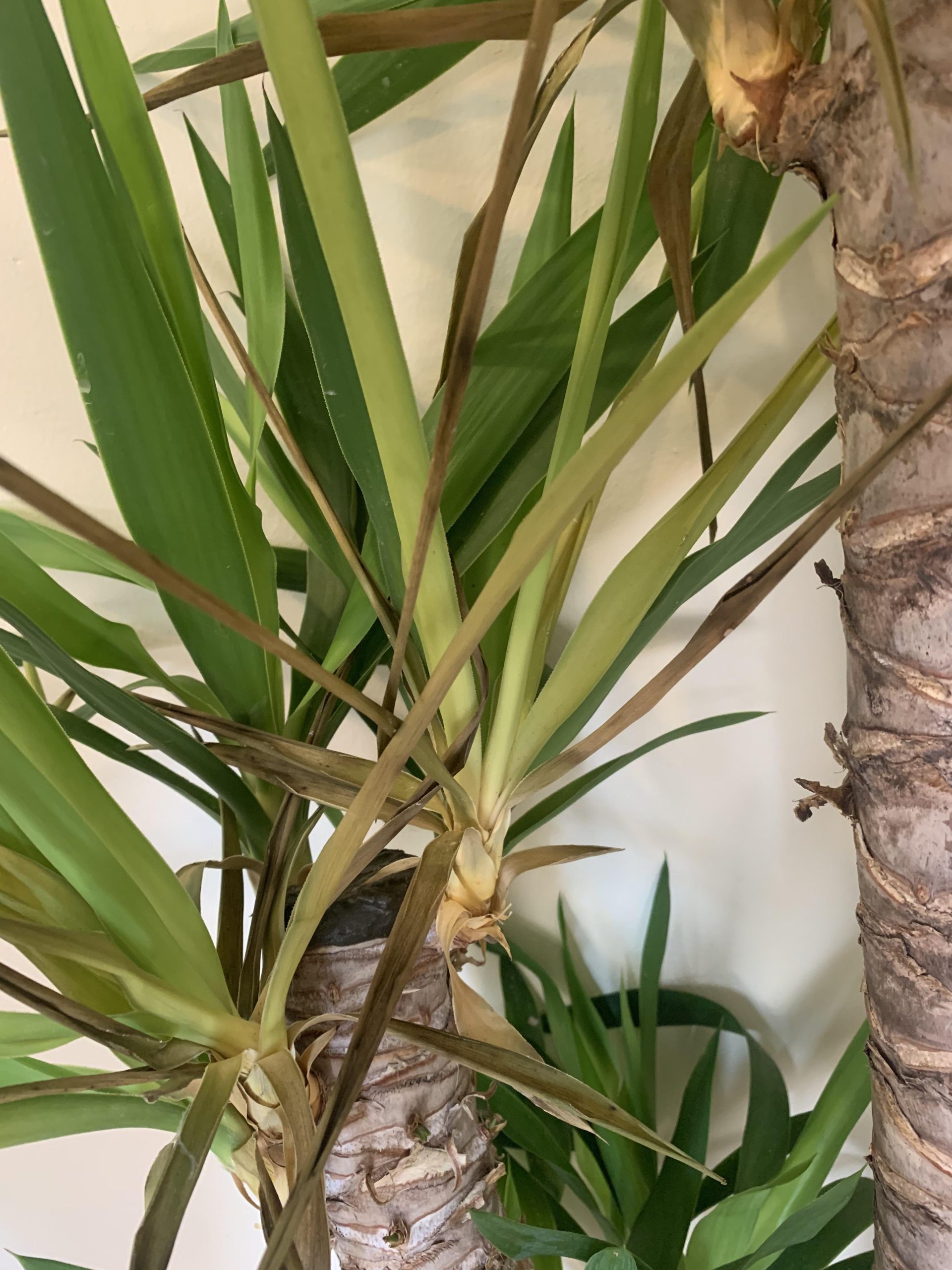How to Tell if Aloe Plant is Over or Under Watered (How to Save It)
The leaves of an overwatered aloe plant turn brown and yellow and have a mushy, soft texture; in contrast, the leaves of an underwatered aloe plant become thinner and shrink in size before becoming brown. Aloe plants are succulents, and because they store moisture in their leaves, they become smaller when the plant is submerged. …

